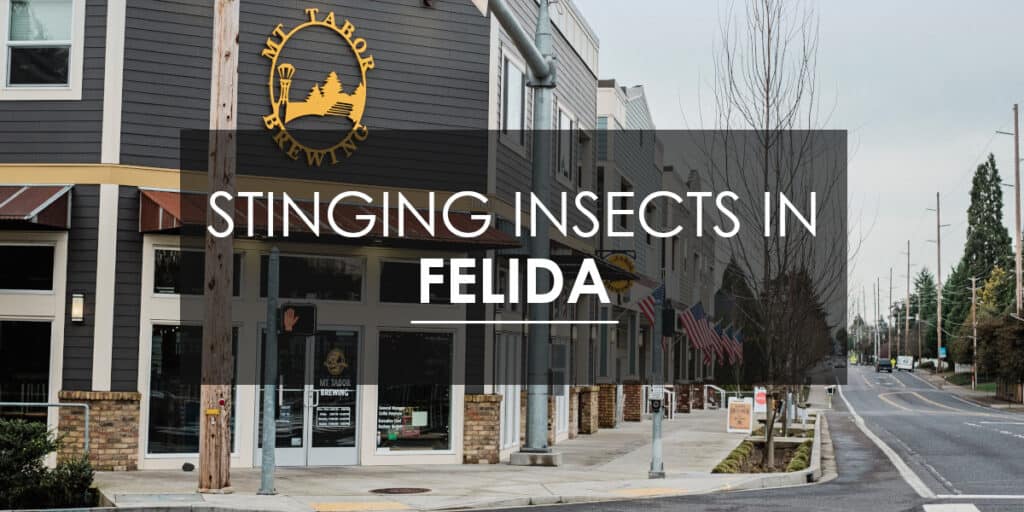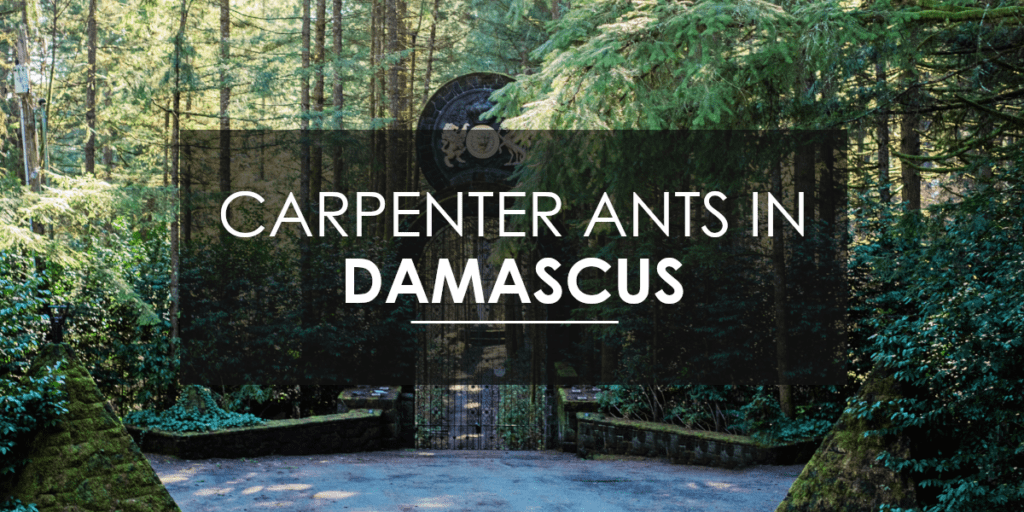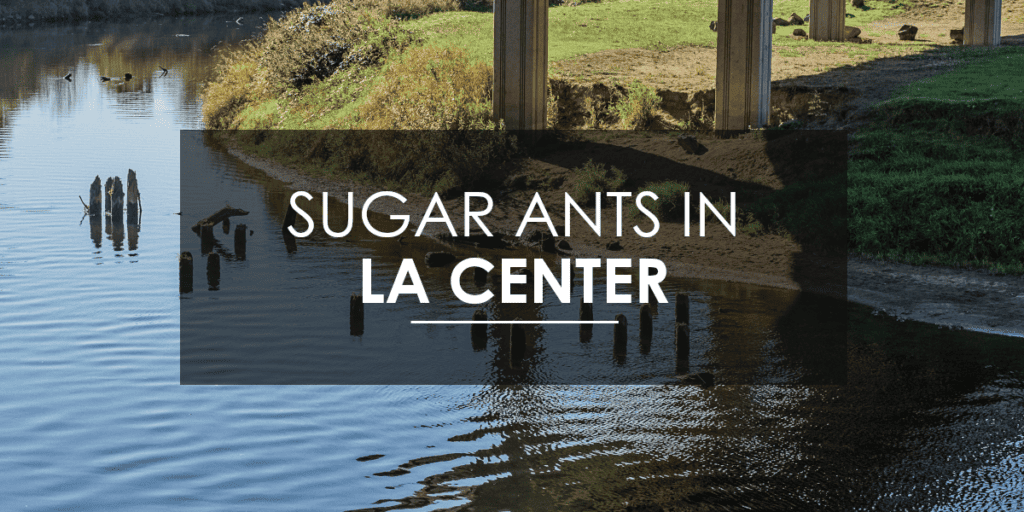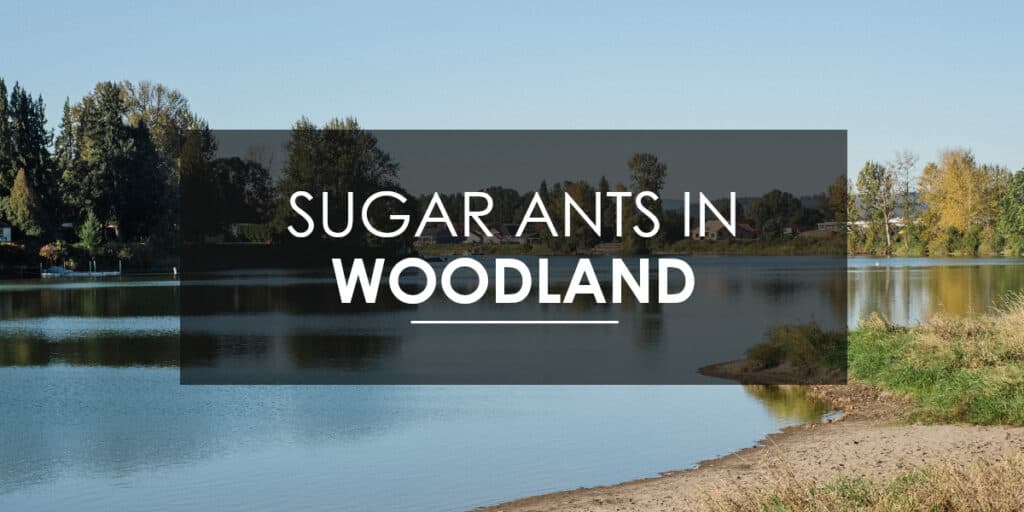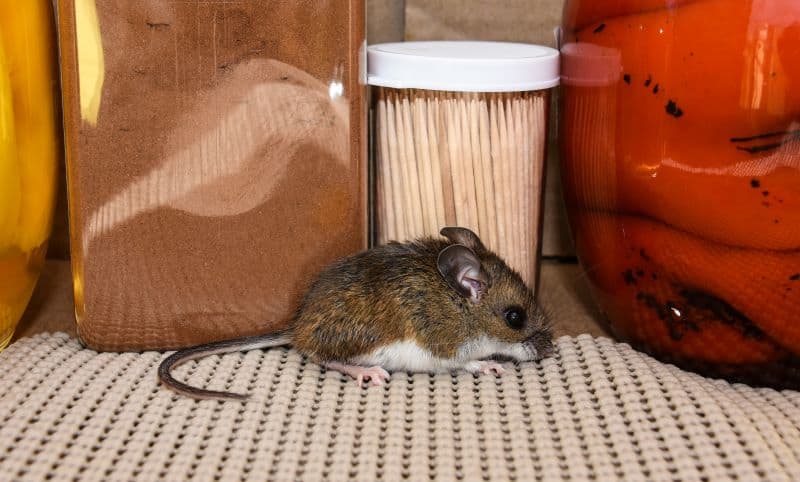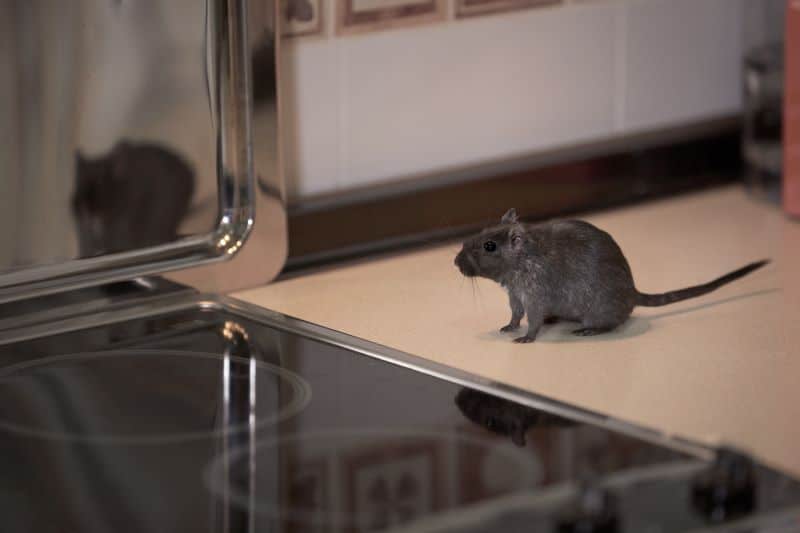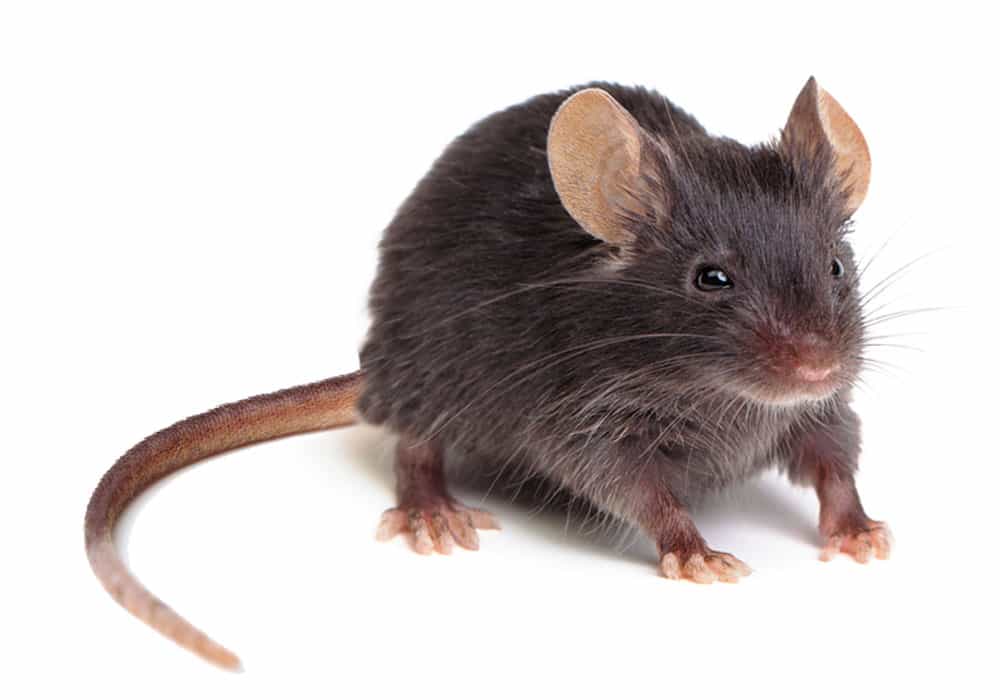Repelling Wasps Without Harmful Chemicals
When it comes to keeping wasps away from your home, there are many options available. Some people prefer natural solutions, while others opt for chemical repellents. Here’s a breakdown of the most effective methods for deterring wasps, from the convenience of store-bought chemicals to the power of natural repellents.
- Chemical Repellents: What Works? Pest control companies often use sprays containing bifenthrin, which is an active ingredient found in products like Ortho Home Defense. These sprays are highly effective at repelling wasps from the eaves and other vulnerable areas of your home. While not a complete deterrent, they can help reduce the likelihood of wasps building nests in specific spots.
- Natural Repellents: Non-Toxic Solutions. If you prefer a more natural approach, several essential oils are known to repel wasps. Peppermint oil, eucalyptus, and citronella oils can be mixed with water and sprayed around your home to create a wasp-free zone. These solutions work by making the environment uncomfortable for wasps, though they may need to be reapplied regularly.
Many homeowners also ask: “What do professionals use to get rid of wasps?” In professional treatments, you’ll often find targeted chemical sprays or dusts that licensed technicians apply to nest sites, entrance holes, and discreet hidden crevices, offering longer‑term control beyond what typical over‑the‑counter repellents provide.
- Practical Tips for Using Repellents: No single repellent is guaranteed to completely keep wasps away. Instead, use a combination of methods to create a less inviting environment for them. For example, regularly spray the eaves and window areas with a wasp repellent, and ensure that you seal cracks and entry points to prevent wasps from entering your home in the first place.
What is the Most Effective Wasp Trap?
For most homeowners, the most effective wasp trap is a disposable bag-style trap that uses a powerful attractant. Hang it several yards away from gathering areas, near wasp flight paths, and empty or replace it as directed. Traps help reduce worker activity, which lowers the pressure on your eaves, soffits, and outdoor seating. For step-by-step setup tips, see our full guide: What Is the Best Wasp Trap?
Remember, traps are a helpful supplement to prevention. Seal entry points, keep outdoor bins closed, remove food residues, and use targeted repellents around eaves and other vulnerable spots. If you spot a nest, avoid disturbing it, and contact a licensed professional.
Paper Wasp Description
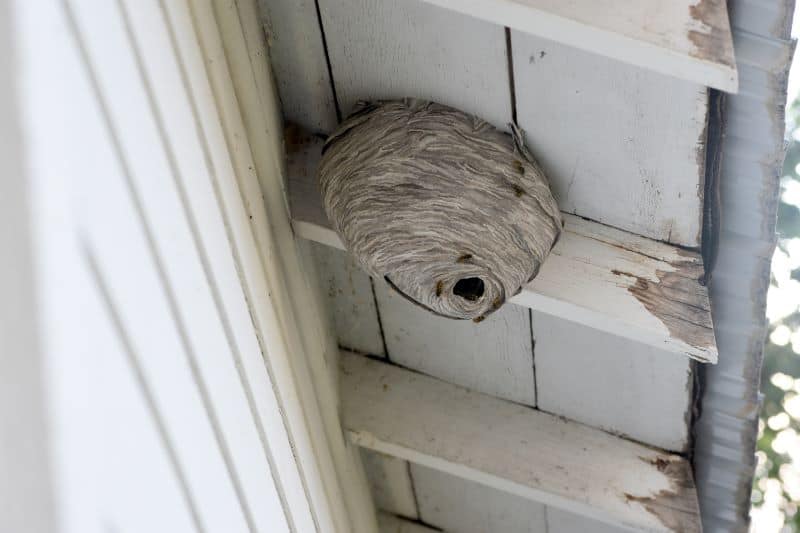
Size
On average, paper wasps in the Pacific Northwest measure one-half to one-and-a-half inches in length.
Color
Paper wasps are very dark brown to black in body color, with yellow markings on their heads and thorax (mid-section), and yellow rings on their abdomens. Their wings are brownish and slightly transparent in appearance. They are distinct from hornets or yellow jackets – you just need to know what you’re looking for.
